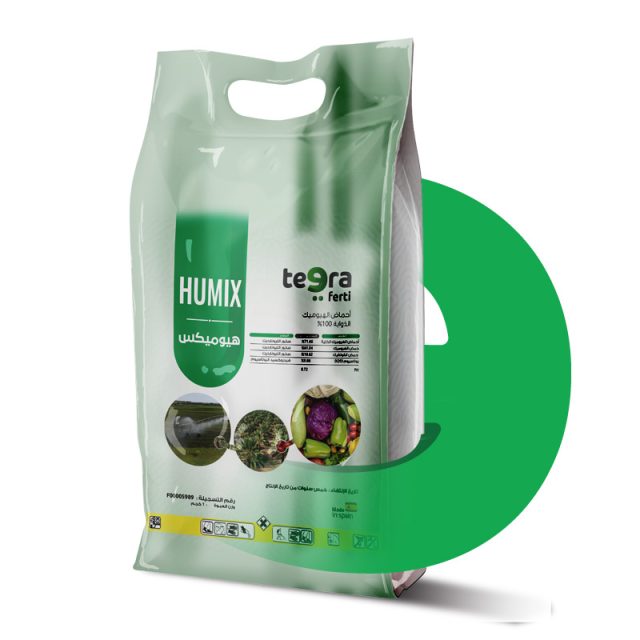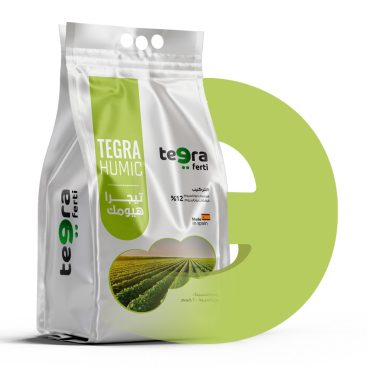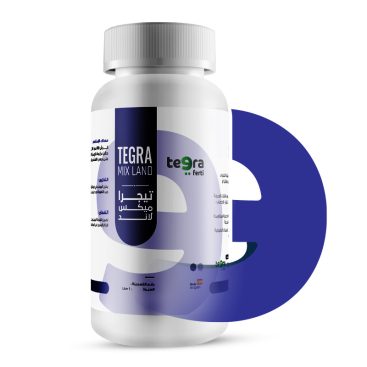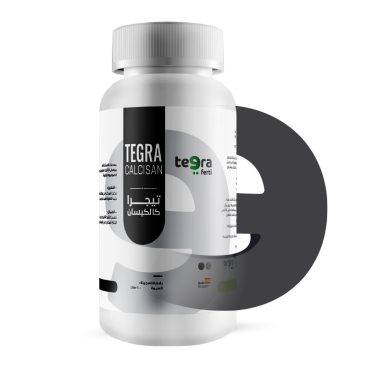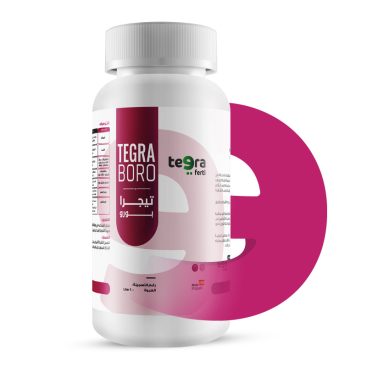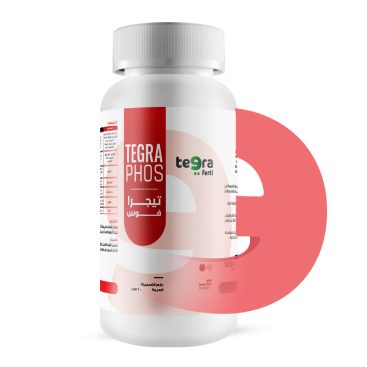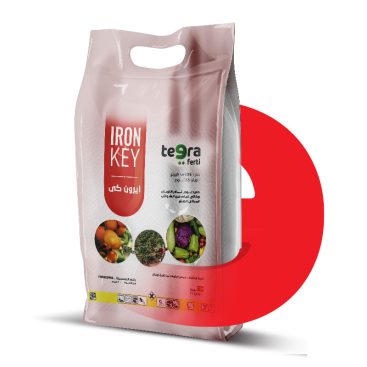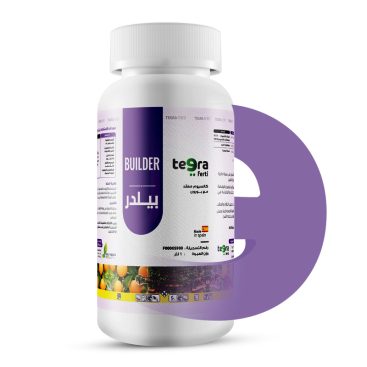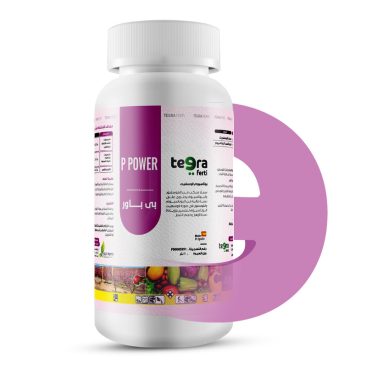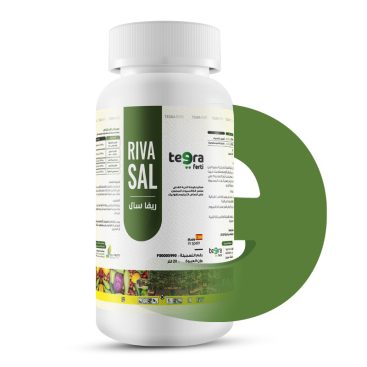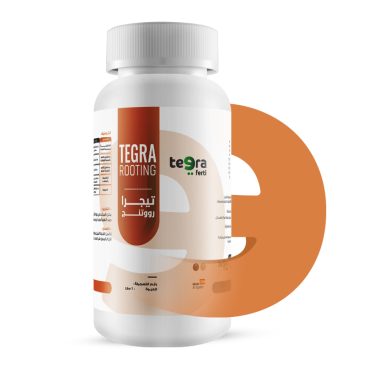Composition
| Chemical composition | weight / volume | Source |
|---|---|---|
| Total humic acids | 71.66 % | Leonardite rocks |
| Humic acid | 61.04 % | Leonardite rocks |
| Fulvic acid | 10.62 % | Leonardite rocks |
| Potassium (k2O) | 9.86 % | Potassium hydroxide |
| PH | 8.72 |
| Humix Features |
|---|
| It is characterized by containing total humic acids at a concentration of 71% in its form (potassium humate) that is quickly soluble in water. |
| Humic acids improve the physical and chemical properties of the soil, which improves the biological properties. |
| It works on the disintegration of clay soil and improves the texture of the soil and increases the permeability of the soil to water and fertilizers and facilitates its access to the roots of plants. |
| It increases the soil’s cation exchange capacity (CEC) and increases its ability to retain water and nutrients, especially nitrates, and prevents its washing into groundwater. |
| It has an effective and influential role in improving soil quality. |
| It facilitates the nutrients of the plant in a form suitable for absorption. |
Usage rates for foliar spray:
| The crop | Usage rates |
|---|---|
| Fruit trees – apple – peach – apricot – citrus | 6-10 kg/ha/season (1-2 kg at the beginning of planting, then 1-2 kg every 20 days) |
| Alfalfa – fodder crops – palm | 6 – 10 kg/ha/season (2 kg from January to March, then 1-2 kg every 15 days, then 3.5-5 kg/ha) and repeated as needed |
| vegetables – potatoes – beets | 6 – 10 kg/ha/season (1-2 kg immediately after planting, then 1-2 kg every 10 days) |
| palm – olive | 6-10 kg/ha/season (1-2 kg at the beginning of planting, then 1-2 kg every 20 days) |
| The protected houses | From .5: 1 kg / 1000 m and repeated 3 times during the season. |
| Field crops – beans – grains – corn – wheat | 6-10 kg/ha/season (1-2 kg immediately after planting, then 1-2 kg every 15 days) |

